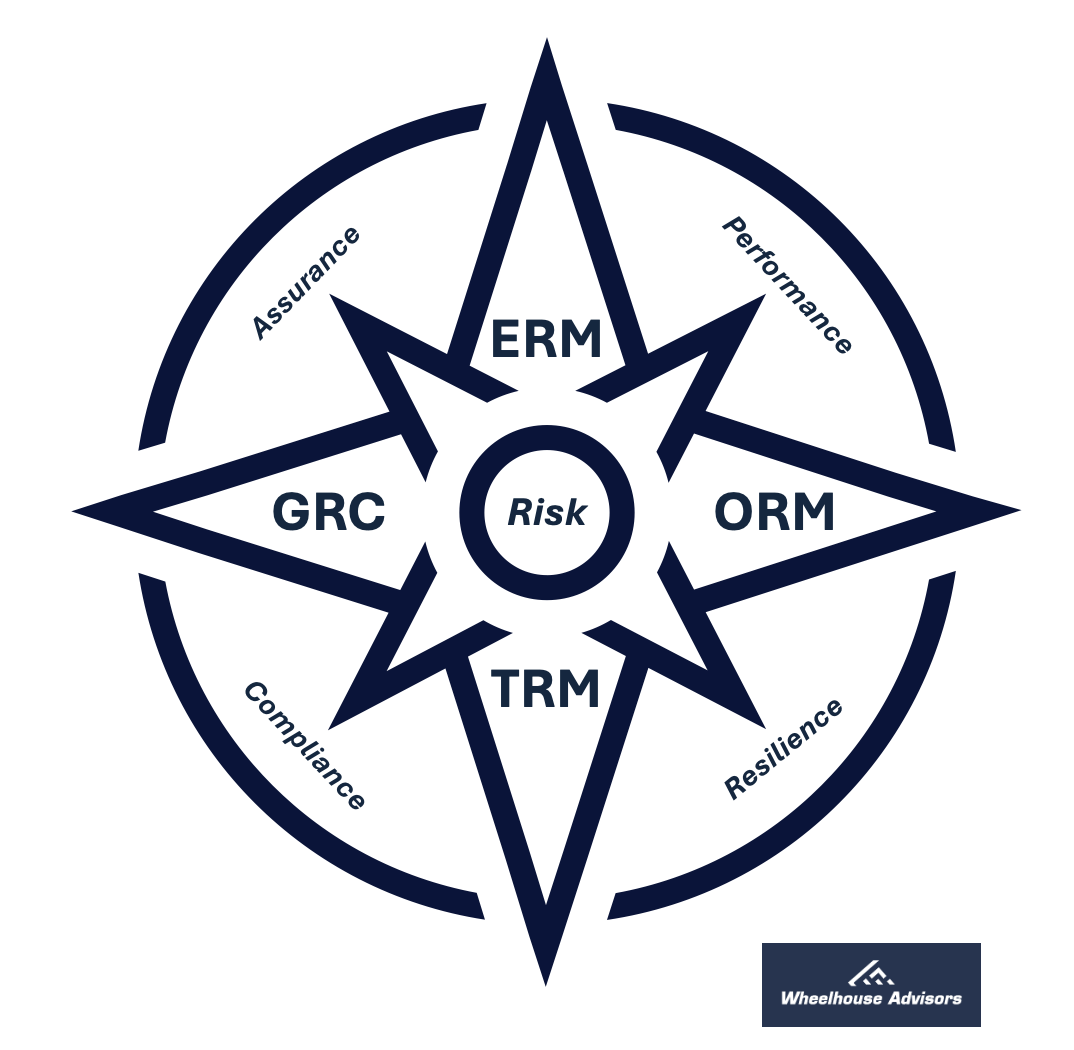Risk Transformation Is Accelerating: Why 68% of Companies Are Integrating Risk Management Systems
As the global business landscape becomes increasingly volatile and complex, KPMG International's 2024 Future of Risk report findings reveal that the corporate world is bracing for an unprecedented surge in risk responsibilities. With 61% of executives anticipating a significant increase in the level of risk over the next three to five years, the need for a more sophisticated and integrated approach to risk management has never been more pressing.
The report underscores a critical shift in how businesses view risk—not merely as a challenge to be mitigated but as a strategic asset that, if managed well, can drive significant stakeholder value. However, achieving this requires a fundamental transformation in how risk is approached, with technology playing a pivotal role.
The Escalating Pace of Risk Transformation
According to the report, a staggering 90% of businesses have already accelerated their risk transformation efforts, with over half of the respondents indicating a sharp increase. This acceleration is driven by the need to adapt to emerging risks associated with artificial intelligence (AI), geopolitical tensions, and evolving environmental, social, and governance (ESG) concerns.
To navigate this new risk landscape, executives prioritize integrating advanced analytics and AI into their risk management frameworks. These technologies are expected to enable more proactive and precise risk identification and mitigation strategies. The survey found that 41% of executives plan to allocate more than half of their risk management budgets to technology in the coming year, a significant increase from the previous year.
The Imperative of System Integration
One of the most compelling findings from the KPMG survey is recognizing the importance of integrating risk management systems, domains, and processes. 68% of respondents believe such integration significantly enhances the effectiveness of risk-related decision-making. Yet, despite this recognition, only 46% of respondents feel that the current level of collaboration across risk domains is adequate.
This gap presents a substantial opportunity for organizations to rethink their risk management strategies. Integrated Risk Management (IRM) frameworks are ideally positioned to fill this void. By combining traditionally siloed risk management practices into a cohesive, enterprise-wide system, IRM enables organizations to achieve a holistic view of their risk landscape. This comprehensive approach improves decision-making and enhances the organization's ability to respond to complex and interconnected risks.
Wheelhouse Advisors' IRM Navigator™ Framework: Connecting the Dots Across Risk Domains
At Wheelhouse Advisors, we have developed the IRM Navigator™ framework to address precisely these challenges. Our approach integrates multiple risk management disciplines—including Enterprise Risk Management (ERM), Operational Risk Management (ORM), Technology Risk Management (TRM), and Governance, Risk, and Compliance (GRC)—into a unified framework. This convergence is essential for organizations seeking a holistic view of their risk landscape and transforming their risk programs into strategic assets.
The strength of the IRM Navigator™ framework lies in its ability to create an interconnected risk ecosystem, where risks are not managed in isolation but as part of a broader, interrelated system. This linkage is crucial because risks today are increasingly interconnected; for example, a cyber risk event can quickly evolve into a reputational risk or trigger operational disruptions. Our framework recognizes these interconnections and ensures that risks across different domains are evaluated not only individually but also in terms of their collective impact on the organization.
By integrating ERM, ORM, TRM, and GRC, the IRM Navigator™ framework empowers companies to break down the silos that traditionally exist between these functions. This interconnected approach improves risk visibility and enhances an organization's ability to respond swiftly and effectively to emerging threats. In essence, the whole becomes greater than the sum of its parts, allowing organizations to manage risk in a way that supports long-term resilience and competitive advantage.
The Role of AI and Generative AI in IRM
The KPMG report also highlights the growing reliance on AI and generative AI technologies within the risk management function. These technologies are increasingly viewed as essential tools for managing organizations' expanding range of risks. They offer the ability to process vast amounts of data, identify emerging trends, and provide actionable insights at a speed and scale that human analysts cannot match.
In the IRM Navigator™ framework context, AI and generative AI can be particularly powerful. These technologies can automate and enhance risk assessment, monitoring, and reporting processes when integrated into IRM. This AI usage not only increases efficiency but also allows risk managers to focus on more strategic, value-adding activities. AI-driven IRM systems can facilitate better cross-functional collaboration by providing a common platform for different risk domains to share data and insights, further strengthening an organization's ability to tackle interconnected risks.
Seizing the Opportunity in Risk
The findings of the KPMG Future of Risk report make it clear that the stakes for effective risk management are higher than ever. As businesses prepare for a significant increase in risk responsibilities, integrating risk management systems and adopting advanced technologies will be crucial in managing these challenges.
Integrated Risk Management offers a robust framework for organizations to navigate this complex environment. By breaking down silos and fostering a holistic view of risk, IRM not only enhances decision-making but also positions risk as a strategic enabler. The IRM Navigator™ framework from Wheelhouse Advisors takes this one step further by connecting diverse risk domains, recognizing that the interconnection of risks is greater than the sum of its parts. In a world where the pace of risk transformation shows no signs of slowing, embracing IRM and the technologies that support it will be essential for organizations looking to turn risk into a competitive advantage.

